พุทธาวาสวัดสิงห์
พุทธาวาสวัดสิงห์
ที่ตั้ง ตำบลสามโคก อำเภอสามโคก จังหวัดปทุมธานี
ผู้ครอบครอง วัดสิงห์
ปีที่สร้าง ประมาณปี พ.ศ.2210
ปีที่ได้รับรางวัล พ.ศ. 2552
ประวัติ
วัดสิงห์ตั้งอยู่บนฝั่งตะวันตกของแม่น้ำเจ้าพระยาในเขตตำบลสามโคก อำเภอสามโคก จังหวัดปทุมธานี สันนิษฐานว่าสร้างขึ้นเมื่อปี พ.ศ.2210 ในสมัยสมเด็จพระนารายณ์มหาราช โดยครอบครัวชาวมอญอพยพมาจากเมืองเมาะตะมะเข้ามาพึ่งพระบรมโพธิสมภาร และทรงพระกรุณาโปรดเกล้าโปรดกระหม่อมให้ไปตั้งบ้านเรือนอยู่ที่ตำบลสามโคก กรมศิลปากรได้ขึ้นทะเบียนโบราณสถานสิ่งก่อสร้างที่สำคัญในเขตพุทธาวาสของวัดสิงห์ในปี พ.ศ. 2535
สิ่งก่อสร้างที่สำคัญในเขตพุทธาวาสของวัดสิงห์ประกอบด้วยศาลาดิน ซึ่งเป็นอาคารไม้ทรงไทยมุงกระเบื้องที่มีความงดงามทางด้านสถาปัตยกรรมอย่างยิ่งภายในประดิษฐานพระประธาน (หลวงพ่อโต) และพระไสยาสน์ (หลวงพ่อเพชร) ซึ่งมีรูปแบบศิลปกรรมสมัยอยุธยา ส่วนวิหารเป็นอาคารก่ออิฐถือปูนแบบมหาอุดสมัยอยุธยา หลังคามุงกระเบื้อง อุโบสถได้สร้างใหม่ทับบนรากฐานอุโบสถเดิม แต่รักษาหน้าบันไม้แกะสลักไว้ในที่เดิม กำแพงแก้วและซุ้มกำแพงก็ยังเป็นของเดิม และมีเจดีย์อยู่ด้านหน้าอุโบสถ เป็นเจดีย์ย่อมุมไม้สิบสอง 3 องค์ รูปแบบศิลปกรรมเป็นแบบสมัยรัตนโกสินทร์ตอนต้น นอกจากนั้นยังมีโกฐิพระยากราย อยู่ด้านหน้าวิหาร เป็นโกฐิก่ออิฐถือปูนแบบโกฐิแปดเหลี่ยม ภายในบรรจุอัฐิของอดีตเจ้าอาวาส ซึ่งเดิมเป็นแม่ทัพซึ่งภายหลังบวชเป็นพระจนได้เป็นเจ้าอาวาสในรัชสมัยพระบาทสมเด็จพระพุทธเลิศหล้านภาลัย รัชกาลที่ 2 อีกรายการคือ กุฏิ ซึ่งมีเพียงหลังเดียวที่เป็นอาคารก่ออิฐถือปูน หลังคาจั่วมุงกระเบื้อง รูปแบบศิลปกรรมเป็นแบบสมัยรัตนโกสินทร์ตอนต้น
ปัจจุบันบนกุฏิจัดเป็นพิพิธภัณฑ์มีโบราณวัตถุที่เป็นศิลปะมอญ เช่น หม้อข้าวแช่ มีรอยพระพุทธบาทจำลอง ทำด้วยไม้สัก พร้อมทั้งแท่นบรรทมของพระบาทสมเด็จพระพุทธเลิศหล้านภาลัย เมื่อครั้งเสด็จประพาสเมืองสามโคก และมีอิฐมอญแบบเก่า ซึ่งเป็นอุตสาหกรรมพื้นบ้านในแถบวัดนี้ยังมีการทำอิฐมอญอยู่ ด้านหน้าวัดสิงห์มีการขุดค้นพบโบราณสถานเตาโอ่งอ่าง ซึ่งถือเป็นหลักฐานของการตั้งชุมชนมอญในสมัยแรกในบริเวณนี้นับแต่สมัยกรุงศรีอยุธยา ผลิตภัณฑ์เครื่องดินเผาเป็นรู้จักกันอย่างดีคือ โอ่งสามโคก ซึ่งภายหลังชาวมอญเมืองสามโคกได้เลิกผลิตไปโดยย้ายการผลิตไปที่เกาะเกร็ด เมืองนนทบุรี
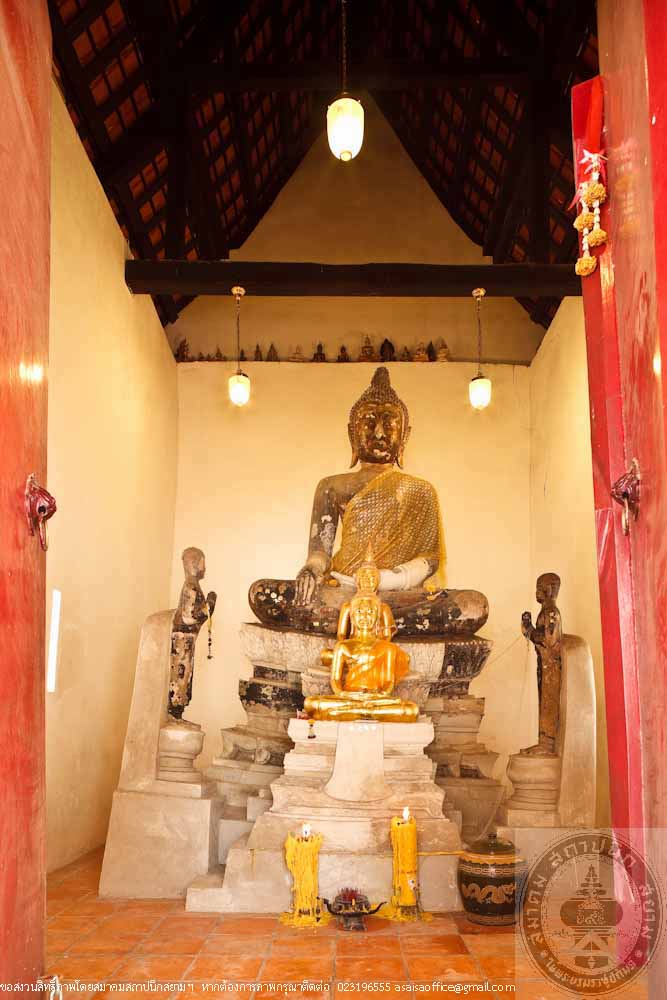
วัดสิงห์ อำเภอสามโคก จังหวัดปทุมธานี
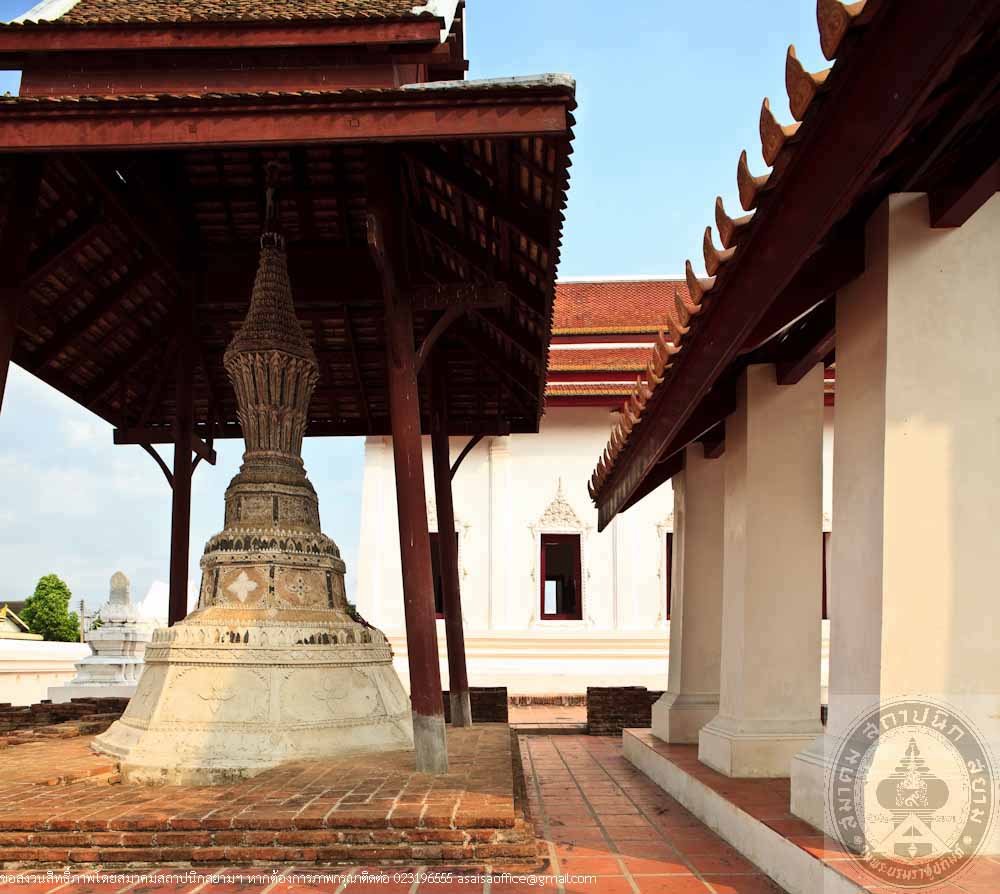
วัดสิงห์ อำเภอสามโคก จังหวัดปทุมธานี
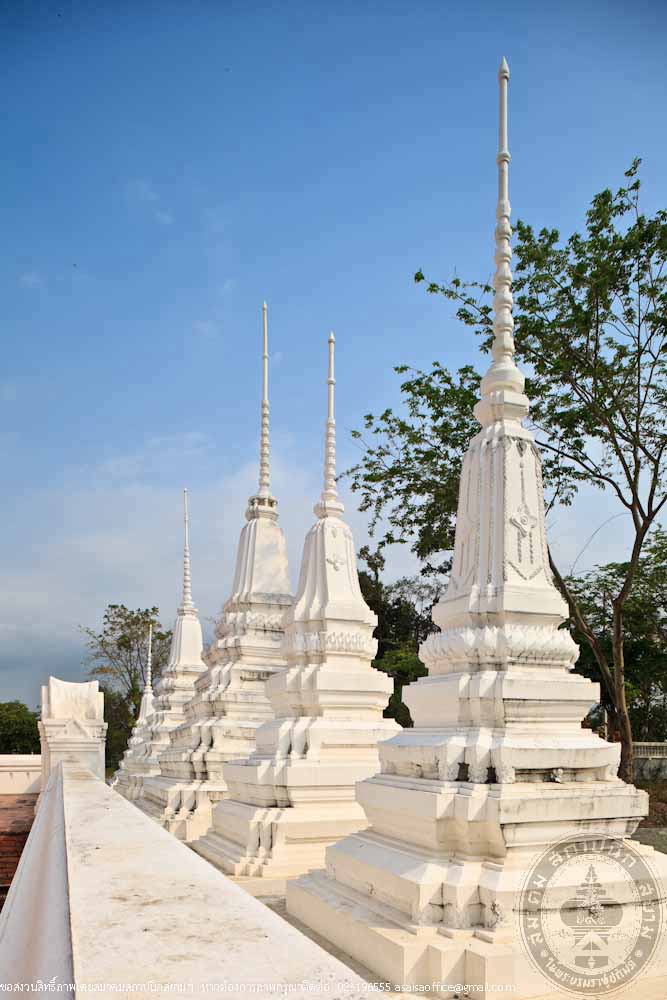
วัดสิงห์ อำเภอสามโคก จังหวัดปทุมธานี
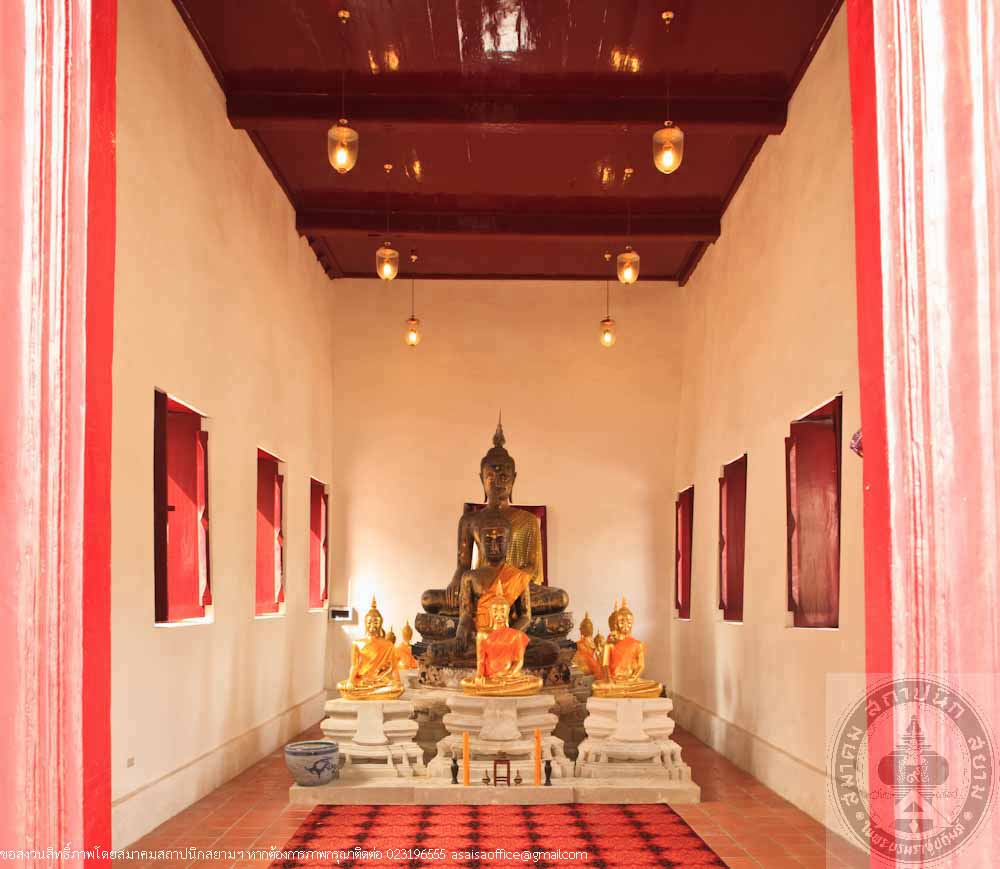
วัดสิงห์ อำเภอสามโคก จังหวัดปทุมธานี
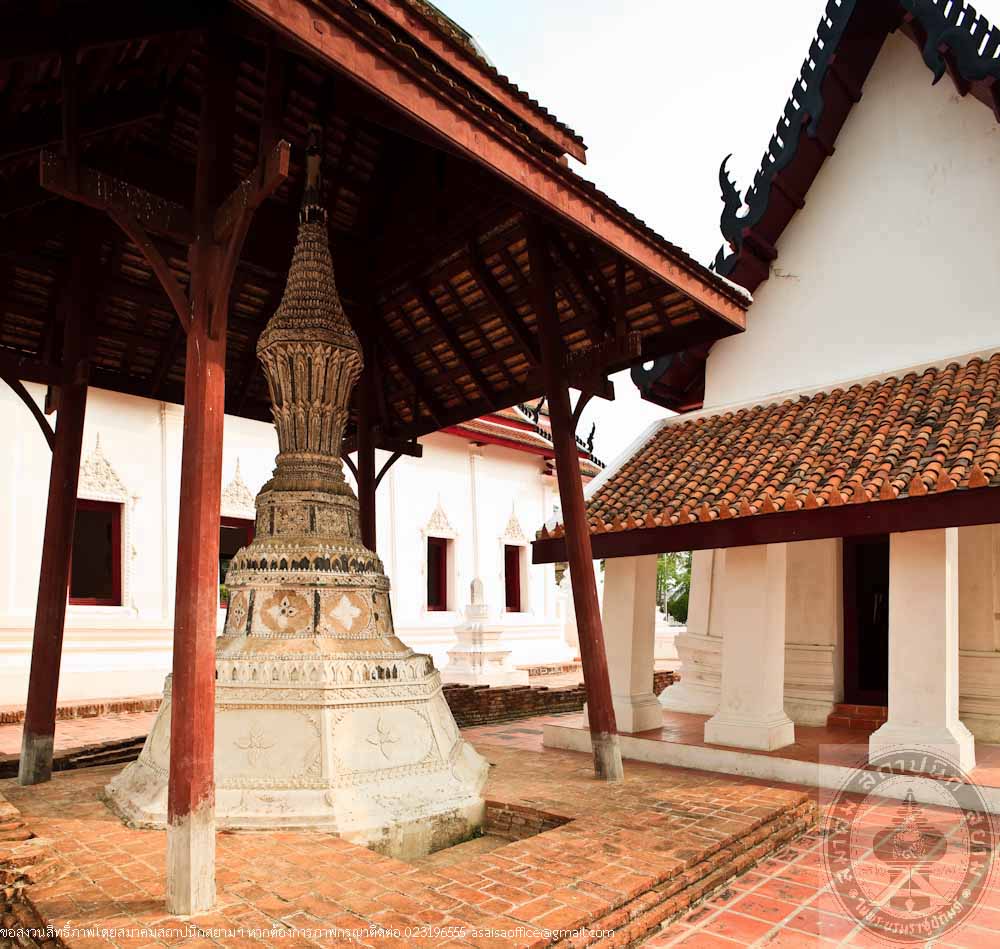
วัดสิงห์ อำเภอสามโคก จังหวัดปทุมธานี
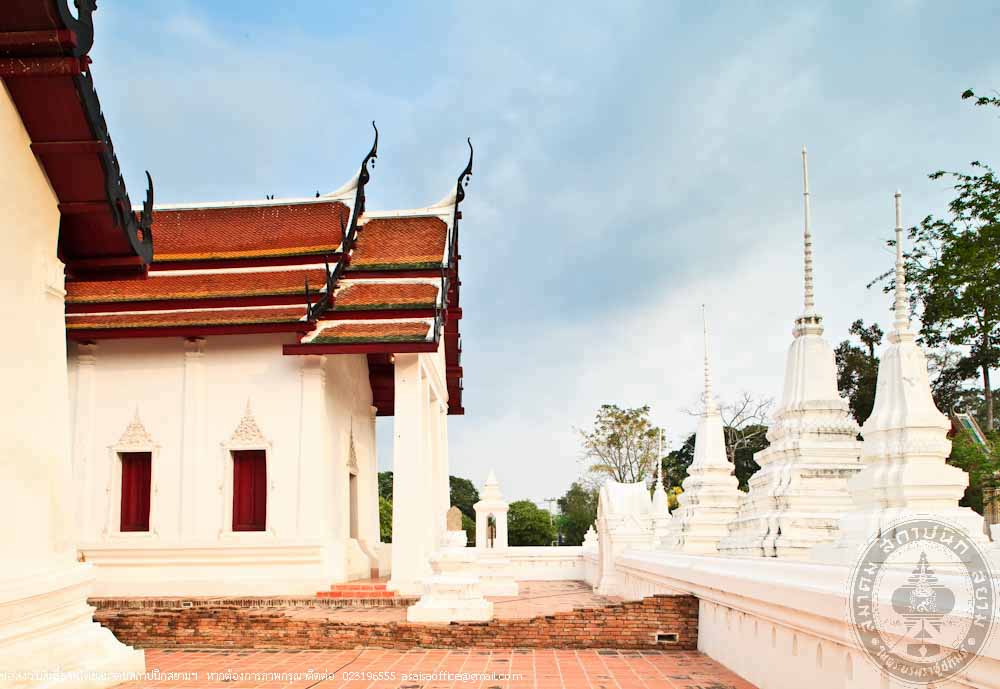
วัดสิงห์ อำเภอสามโคก จังหวัดปทุมธานี
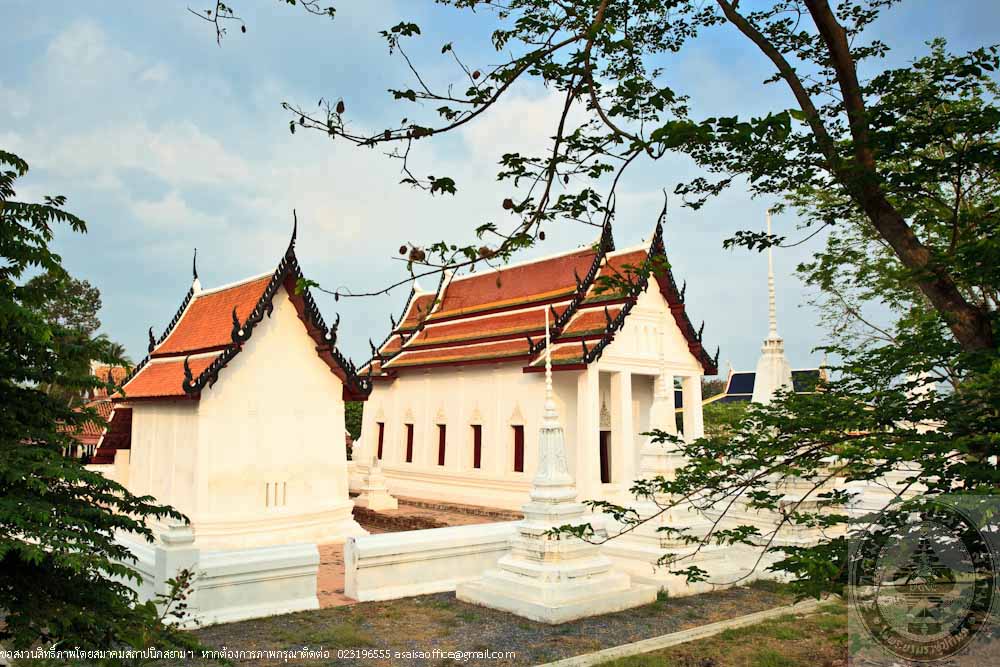
วัดสิงห์ อำเภอสามโคก จังหวัดปทุมธานี
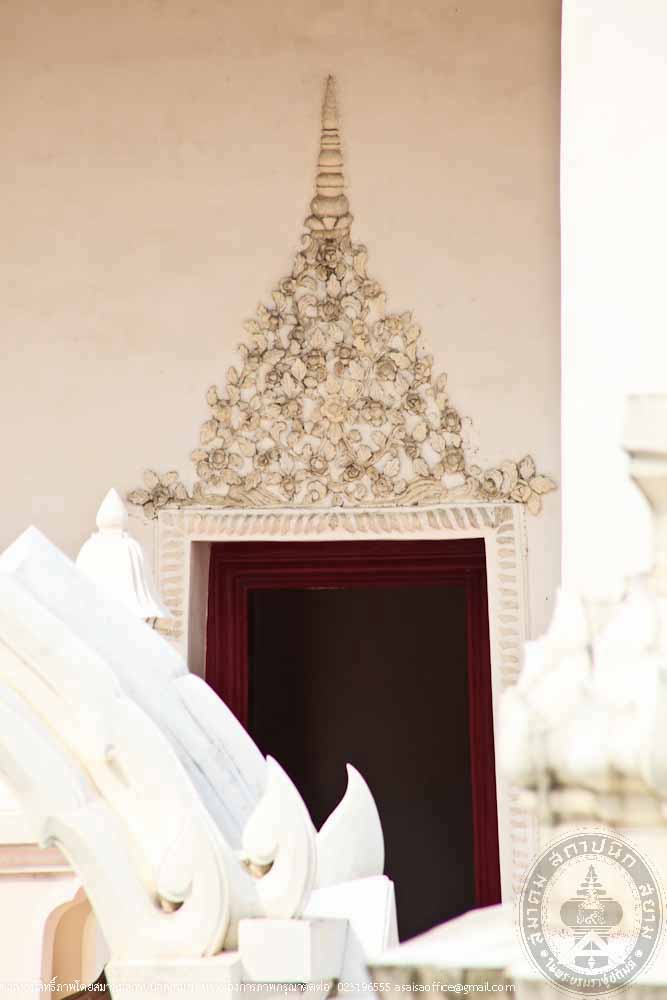
วัดสิงห์ อำเภอสามโคก จังหวัดปทุมธานี
-

วัดสิงห์ อำเภอสามโคก จังหวัดปทุมธานี
-

วัดสิงห์ อำเภอสามโคก จังหวัดปทุมธานี
-

วัดสิงห์ อำเภอสามโคก จังหวัดปทุมธานี
-

วัดสิงห์ อำเภอสามโคก จังหวัดปทุมธานี
-

วัดสิงห์ อำเภอสามโคก จังหวัดปทุมธานี
-

วัดสิงห์ อำเภอสามโคก จังหวัดปทุมธานี
-

วัดสิงห์ อำเภอสามโคก จังหวัดปทุมธานี
-

วัดสิงห์ อำเภอสามโคก จังหวัดปทุมธานี
Wat Singh
Location Tambon Sam Khok, Amphoe Sam Khok, Pathumthani Province
Proprietor Wat Singh
Date of Construction 1667
Conservation Awarded 2009
History
Wat Singh is located on the west side of Chao Praya River in the district of Sam Khok, Pathumthani province. Supposedly built in 1667 by Mon immigrated from Mottama in the reign of King Narai, the temple was situated in Amphoe Sam Khok, where His Majesty had granted permission to seek refuge and settle down. The Fine Arts Department registered Wat Singh and its ancient remains under the announcement of the 109th Government Gazette, in 1992.
Major architectural structures within the temple include :
- The Earth Pavilion (Sala Din), an Ayudhaya period wooden house with immaculately designed tile roof, with images of the principle Buddha (Luang Pho To) and The Reclining Buddha (Luang Pho Petch) residing inside the pavilion.
- Temple (Vihara), is a brick masonry building with tile roof in the style of Ma Ha Oot from the Ayudhaya period.
- Odination Hall (Ubosatha), was rebuilt to replace the old base ubosatha but the old pediments with giled woodcarvings still remains.
- Pagoda (Chedi), of which there are 3 of the twelve indented corners pagodas found in the early Rattanakosin period.
- Parsonage (Gu Ti) is a brick masonry building with tile roof representative of the early Rattanakosin period.
- Goat Pra Ya Grai, or royal urn, is found in front of the Temple (Vihara), is a brick masonry building, shaped like an octagon. The urn contains ashes of the former Abbot who was commander in chief before being appointed Abbot in Rama II’s reign.
In addition, there is an exhibition of Mon antiques such as a terra cotta pot (Mo Khao Chae), a replica of Buddha’s footprint made from teak wood, as well as Rama II’s royal bed from his visits to Sam Khok town. There are also distinctive old style brick industries representative of the district founded around the temple today.
An excavation conducted uncovered ancient remains of Ong Arng Kiln (Tao Ong Arng)an important piece of evidence of early Mon settlement in the area during the Ayudhaya period. Sam Khok Jar (Toom Sam Khok) is the biggest jar produced from Ong Arng Kiln (Tao Ong Arng). The Mon from Sam Koke later relocated to Koh Kred island in Nonthaburi and extended their production of the Sam Khok Jar (Toom Sam Khok) which was soldwidespread all along the river before gradually being replaced by the Dragon Jar (Ong Mang Gorn) from Ratchaburi province.